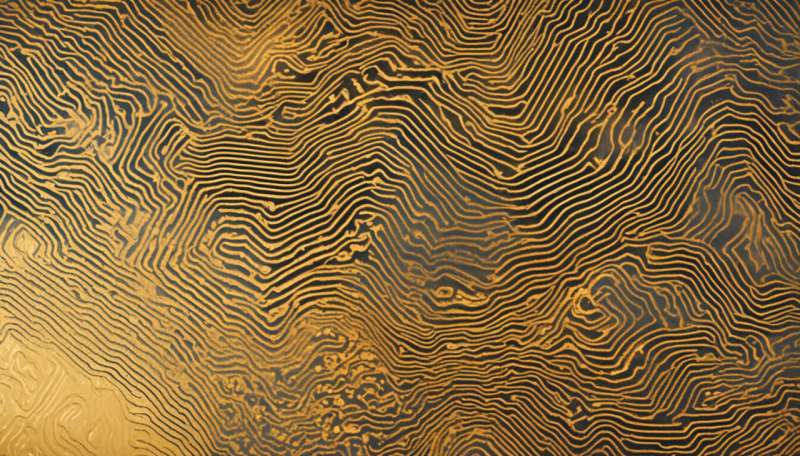No longer just a spectator, silicon oxide gets into the electronics action on computer chips

In the materials science equivalent of a football fan jumping onto the field and scoring a touchdown, scientists are documenting that one fundamental component of computer chips, long regarded as a passive bystander, can actually be made to act like a switch. That potentially allows it to take part in the electronic processes that power cell phones, iPads, computers, and thousands of other products.
In a report in the Journal of the American Chemical Society, the scientists document the multiple ways in which silicon dioxide, long regarded simply as an electric insulator, gets involved in the action. This behavior had formerly confused scientists working in the area of nanoelectronics — they thought that the switching was due to the nano-additive but it turns out that the source of the switching might be from the underlying silicon oxide itself.
Jun Yao, Douglas Natelson, Lin Zhong, and James Tour explain that manufacturers have long used silicon oxide, normally a very poor conductor of electricity, as both a supportive and insulating material in electronics. Silicon, a primary component of beach sand, is the semiconductor material at the heart of modern electronics. When bound to oxygen, the resulting silicon oxide is generally one of the highest quality electronic insulating materials.
The scientists recently showed, however, that the oxide material can be converted to a switchable conductor by an electrical process. This phenomenon may hold the key to developing a new generation of smaller, more powerful computer chips, but the mechanism behind this switching was unclear, until now. It also clarifies the possible nature behind the switching events in former molecular and nano-scale systems.
The scientists sandwiched a nano-sized layer of silicon oxide, thousands of times smaller than the width of a human hair, between two electrodes and exposed the device to increasing amounts of electrical current. They demonstrated that electricity can cause the silicon oxide to breakdown into smaller components, nano-sized crystals of silicon, in a way that boosts its electrical conductivity and makes it a player in the working processes of computer chips.
More information: "Silicon Oxide: A Non-innocent Surface for Molecular Electronics and Nanoelectronics Studies", Journal of the American Chemical Society.
Provided by American Chemical Society




















